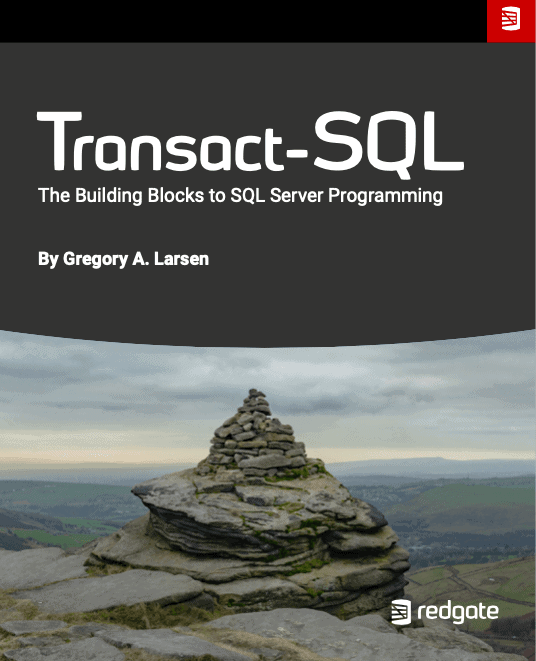Transact-SQL: The Building Blocks to SQL Server Programming by Gregory A. Larsen
Transact SQL (TSQL) is the languaged used to query and update data stored in a SQL Server. This book, written by SQL Server Central and Simple Talk author Greg Larsen, will give developers an understanding of the basics of the TSQL language. Programmers will have the building blocks necessary to quickly and easily build applications that use SQL Server.
2024-03-06 (first published: 2020-07-28)
10,463 reads
